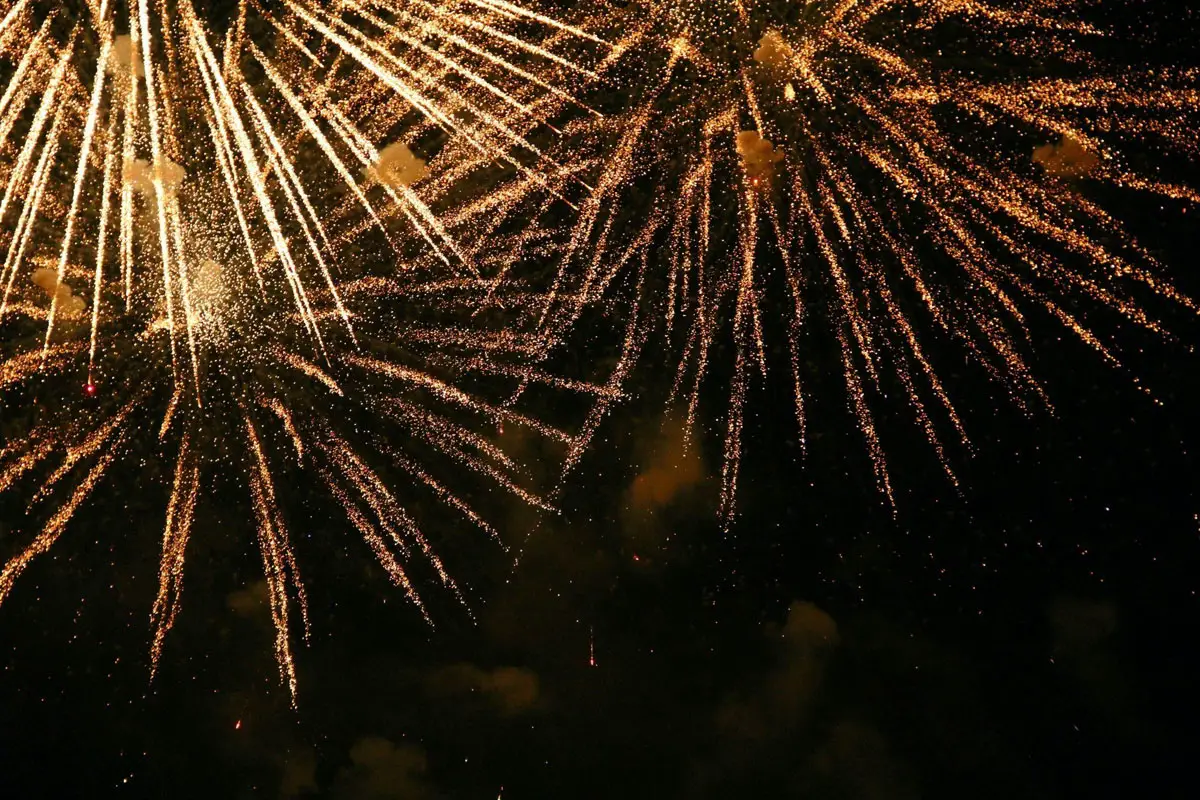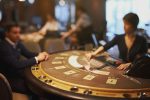The History of Fireworks in Celebrations: From Ancient China to Modern Displays

Few things captivate the eye quite like the dazzling brilliance of fireworks lighting up the night sky. These vibrant displays have become synonymous with celebrations worldwide, marking everything from New Year’s Eve to national holidays. Yet one may ask where this fiery tradition began and how it evolved into the breathtaking spectacles enjoyed today.
Fireworks trace their roots back to ancient China, where they were first created over a thousand years ago. What began as a simple mixture of chemicals to ward off evil spirits eventually transformed into a global symbol of joy and unity. Over time, the art of fireworks spread across continents, blending with cultural traditions and technological advancements. Today, modern pyrotechnics combine centuries of innovation with cutting-edge science to create unforgettable moments for millions. For further insight into the origins of fireworks, the Smithsonian Magazine offers fascinating perspectives on their rich history.
The Origins of Fireworks in Ancient China
Fireworks began as a fascinating blend of science and superstition in ancient China. Over 1,000 years ago, their creation stemmed from early experiments with explosive formulas and ceremonial practices.
The Invention of Gunpowder
Gunpowder—the core component of fireworks—was discovered in China during the Tang Dynasty (618–907 AD). Alchemists, while seeking an elixir of immortality, accidentally combined saltpeter, sulphur, and charcoal to produce a highly combustible mixture. Known as “huo yao” (meaning “fire medicine”), it quickly gained use in both military applications and cultural rituals. Initially, bamboo tubes were packed with gunpowder to make rudimentary firecrackers, setting the stage for modern fireworks.
Early Uses of Fireworks for Celebrations
Fireworks became ingrained in Chinese culture, primarily used to celebrate festivals and significant events. During the Song Dynasty (960–1279 AD), they symbolised joy and protection against evil spirits. Exploding firecrackers were believed to scare away negative energies and bring good fortune. Displays often accompanied Lunar New Year celebrations, weddings, and royal ceremonies, adding light and sound to enhance festivities. These traditions spread, inspiring later innovations such as Roman candles in Europe.
Fireworks Spread Across the World
The global journey of fireworks began when trade routes connected distant regions, allowing cultural exchanges to flourish. From their ancient Chinese origins, fireworks entered new societies and became integral to many forms of celebration.
Introduction to Fireworks in Europe
Fireworks reached Europe in the 13th century, carried by traders and explorers returning from Asia. Early records mention the use of “firecrackers” and primitive forms of Roman candles during religious festivals and public gatherings. By the 14th century, European alchemists were experimenting with pyrotechnics, refining techniques introduced from China. These advancements enabled more vibrant and intricate displays during celebrations, including civic ceremonies and military victories. By the Renaissance, fireworks had evolved beyond mere entertainment to become a demonstration of technological ingenuity and artistic skill.
The Role of Fireworks in Royal Events
European royalty quickly adopted fireworks to showcase power and grandeur. In 1486, fireworks illuminated the wedding of Henry VII—one of the earliest royal uses in England. During the Baroque period, large-scale displays became regular features of royal events, such as coronations and military triumphs. The vivid colours and patterns of these displays symbolised wealth and influence. By the late 17th century, fireworks specialists—often Italian-trained artisans—were employed to create dramatic presentations, cementing their role in elaborate state ceremonies and festivities favoured by monarchs.
Modern Fireworks and Their Evolution
Modern fireworks blend centuries-old traditions with cutting-edge technology, creating impressive visual and auditory experiences. Today’s displays are marked by their vibrancy, precision, and intricate designs.
Technological Advances in Pyrotechnics
Advances in pyrotechnics allow for more controlled, colourful, and elaborate fireworks. Modern displays use chemical compounds such as strontium and barium to produce varied colours, enhancing the overall aesthetics. Computerised firing systems synchronise bursts with music to create coordinated performances at events like New Year’s Eve and national celebrations. Roman candles remain popular for their layered effects, while newer innovations—such as biodegradable fireworks—attest to a growing focus on sustainability.
The integration of computer algorithms now enables the design of complex patterns, from simple shapes to sophisticated recreations of logos or animated sequences. These technologies highlight the industry’s push for precision and creativity in delivering memorable spectacles. Interestingly, the same emphasis on innovation and precision is evident in other industries. Just as fireworks technology evolves to offer better control and visual impact, iPhone 15 Pro cases incorporate advanced materials and design elements to provide superior protection while maintaining sleek aesthetics. Both sectors exemplify how cutting-edge technology enhances both function and form.
Safety Standards and Environmental Impact
As displays grow more elaborate, stringent safety standards are implemented to ensure the protection of both the public and operators. Measures such as secure firing zones, regulated chemical use, and clearly defined spectator boundaries help mitigate risks. Industry authorities continuously update protocols—taking lessons from past incidents—to enhance operational safety.
Concerns about environmental impact are also driving innovation. Researchers based in Australia and elsewhere are focusing on reducing metal-based chemicals in fireworks to limit air pollution. Eco-friendly alternatives now minimise debris, with materials designed to degrade quickly after displays. Additionally, efforts to address noise pollution are increasing, particularly in urban settings and sensitive areas, ensuring that celebrations consider both ecological and social balance.
Fireworks in Contemporary Celebrations
Fireworks remain a defining element of modern celebrations, blending tradition with advanced technology to create unforgettable experiences. Iconic displays and cultural symbolism ensure their enduring appeal across the globe.
Iconic Displays Around the Globe
Major events feature breathtaking fireworks that captivate millions. The New Year’s Eve display over Sydney Harbour incorporates state-of-the-art pyrotechnics synchronised with music, setting a global tone for celebration. In the US, the Fourth of July showcases vibrant Roman candles and aerial shells, symbolising patriotism through grand spectacles in cities such as New York and Washington, D.C.
The Olympic Games opening ceremonies often highlight the host country’s culture through intricate fireworks displays. In Dubai, the Burj Khalifa serves as the centrepiece for one of the world’s largest pyrotechnic productions during New Year’s festivities, combining fireworks, lasers, and music. These iconic displays underline both innovation and cultural identity while attracting global audiences.
Symbolism and Cultural Significance
Fireworks embody both celebration and deeper meaning. During Diwali—the Indian festival of lights—firecrackers symbolise the triumph of light over darkness, while Chinese New Year celebrations utilise fireworks to ward off evil spirits and ensure prosperity. Similar traditions persist in other countries, where fireworks mark religious and national festivities.
In Western cultures, fireworks also symbolise unity and joy. Royal weddings, such as that of Prince William and Catherine Middleton, incorporate fireworks to signal grandeur and happiness. During celebrations like Bastille Day in France, they represent liberty and revolution. By combining stunning visual effects with cultural relevance, fireworks strengthen communal bonds and honour tradition.










